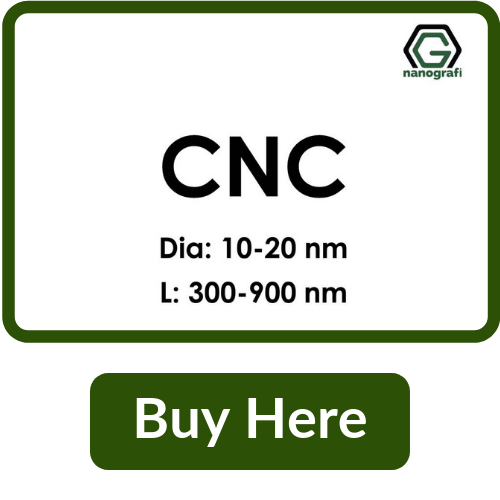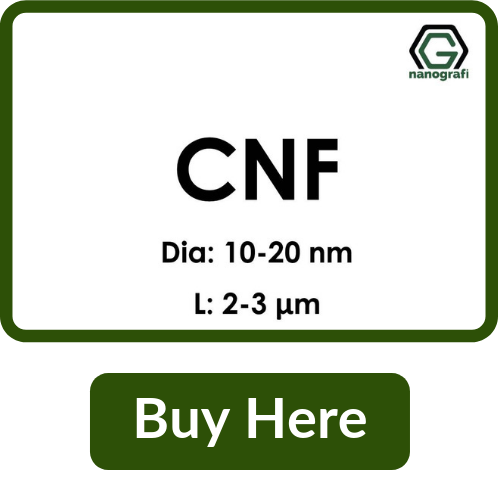Nano-cellulose is a material that consists of cellulose nano-fibers, which are a string of cellulose molecules with an elongated tubular shape. Nano-cellulose in the future will be cheap, resistant, organic and ecological. It is paradoxical that the future solutions for the world that will serve as the basis for the technological infrastructures and will govern the life of future generations are not visible to the human eye. Scientists from the University of Texas use the same bacteria that produces coconut cream to transform algae into nano-cellulose; an element that could revolutionize the world.
Nano-cellulose is a plant material that is broken down into microscopic pieces, then purified and rebuilt. The bacterium Acetobacter xylinum is able to synthesize the cellulose found in blue-green algae, with only a little water, sunlight and time. The process absorbs carbon dioxide, the greenhouse gas mainly responsible for global warming.
Properties of Nanocellulose
- It is light, strong and rigid, and with a high coefficient of resistance with respect to its weight (it is eight times more resistant than stainless steel).
- It is stable in terms of temperature changes.
- It has interesting optical properties as it is transparent.
- It dilates little with heat.
- It conducts electricity.
- Since it is a derivative of cellulose, which is a raw material produced by plants in very large quantities every year, it is intrinsically renewable and beneficial for the environment.
Classification of Nanocellulose
It is classified into three types:
- Micro Fibrillated Cellulose (MFC)
- Nanocrystalline Cellulose (NCC)
- Bacterial Cellulose (NBC).
Production methods for Nanocellulose
Nano-cellulose is obtained from wood by the compression of plant fibers or natural crops. As a result, different types of bacteria produce it autonomously. There is the possibility of using a certain type of algae to produce the material naturally, without the need for nutrients. Only sunlight and water would be needed, which are significant not only because of the ecological nature of the process but also because of the radical reduction in costs.
Potential uses of Nano cellulose
Nano-cellulose has great potential for the future. It serves to generate a sustainable biofuel. It can be a solution to the current fuel crisis. Because it is strong and light, it can create an ultra-absorbent gel capable of supporting 10 thousand times its own weight. It could be used to replace tampons and feminine towels.
By combining Nano cellulose with other materials such as graphene, incredible results can be obtained as batteries that are recharged by just bending them. The possibilities are endless. The more experiments are done with it, the more applications will be found. The prominent applications of Nano cellulose are given below:
1. Lightweight and super resistant reinforcement:
Some of the materials that are normally used for this task, such as carbon fiber or ceramics, tend to make the process much more expensive and alter the polymer because they take away clarity and add some color. The nano-cellulose could overcome both obstacles. In addition, its transparent appearance also gives an advantage in this field, since it is perfect for protecting vehicles or making impact-proof helmets, not to mention the glasses of shops with the highest tendency to suffer robberies.
2. More resistant and efficient cars:
According to scientists from the University of Maine, adding only 10% of nano-cellulose to the mixture of any composite material increases the strength of the final substance by up to 70%, something that could benefit the transport sector greatly, and the automobile industry especially. Due to its lightness, this could happen without the increase in the weight of cars, and even the weight can be decreased if the nano-cellulose replaces other heavier materials. In this way, the vehicles would not need to consume more fuel to be more resistant and safe.
The Ford automotive company plans to use nano-cellulose to make parts of the bodywork of their cars, as it would help to lose weight.
3. Medical and health use:
The nano-cellulose is highly absorbent, porous and can be molded to different shapes. This makes it perfect for making absorbent products such as gauze, bandages or even tampons. Its biodegradable nature is another advantage for these uses, as well as for use in small implants, such as heart valve replacements, artificial ligaments or joint parts. Its applications in the field of medicine are very promising. By combining small amounts of nano-cellulose with water, very stable hydrogels have formed that share many properties with human tissues, which is giving rise to research on the application of drugs and even tissue and organ engineering.
4. Sponges to clean spills in the sea:
By mixing nano-celluloses with water, hydrogels are obtained, but mixing them with other components, all together form aerogels, which are a kind of sponge, capable of resisting stably in water for more than 60 years. This property can be exploited in other uses such as, to facilitate the cleaning tasks after a polluting spill in the sea water.
5. Improve other materials such as plastics or paper:
Nano-cellulose is a derivative of cellulose, with which paper and cardboard are manufactured. Adding it to its composition can reinforce the network of fibers that compose them and make them stronger and more resistant. It could become an interesting ingredient for boxes and packaging that must resist outdoors, or that are in contact with fatty materials, for example, preventing them from breaking or spoiling. For its properties, it can also be used to improve the mechanical qualities of some plastics, such as thermoplastic resin or latex, making them more flexible and resistant.
The company Pioneer Electronics has big plans for this new material. As it is light, resistant and transparent, it can replace plastic or glass. Currently, it is experimented to be used in the manufacture of thin and flexible screens.
6. Filters
Due to its particular structure, nano-cellulose can be used to create powerful filters capable of purifying almost any liquid. It has the capacity to produce drinking water from seawater, and it is able to filter the blood during transfusions and even ridding smokers of some harmful chemicals from the cigar.
All in all, nano-cellulose is completely eco-sustainable and therefore a renewable product. It has exceptional characteristics that make it light, flexible and even more resistant than steel. Its uses are numerous and varied. Nano-cellulose consists of plant material and its appearance is that of a transparent gel, quite viscous. The production process starts with a sort of woody paste and its applications are innumerable.



Comments
Post a Comment